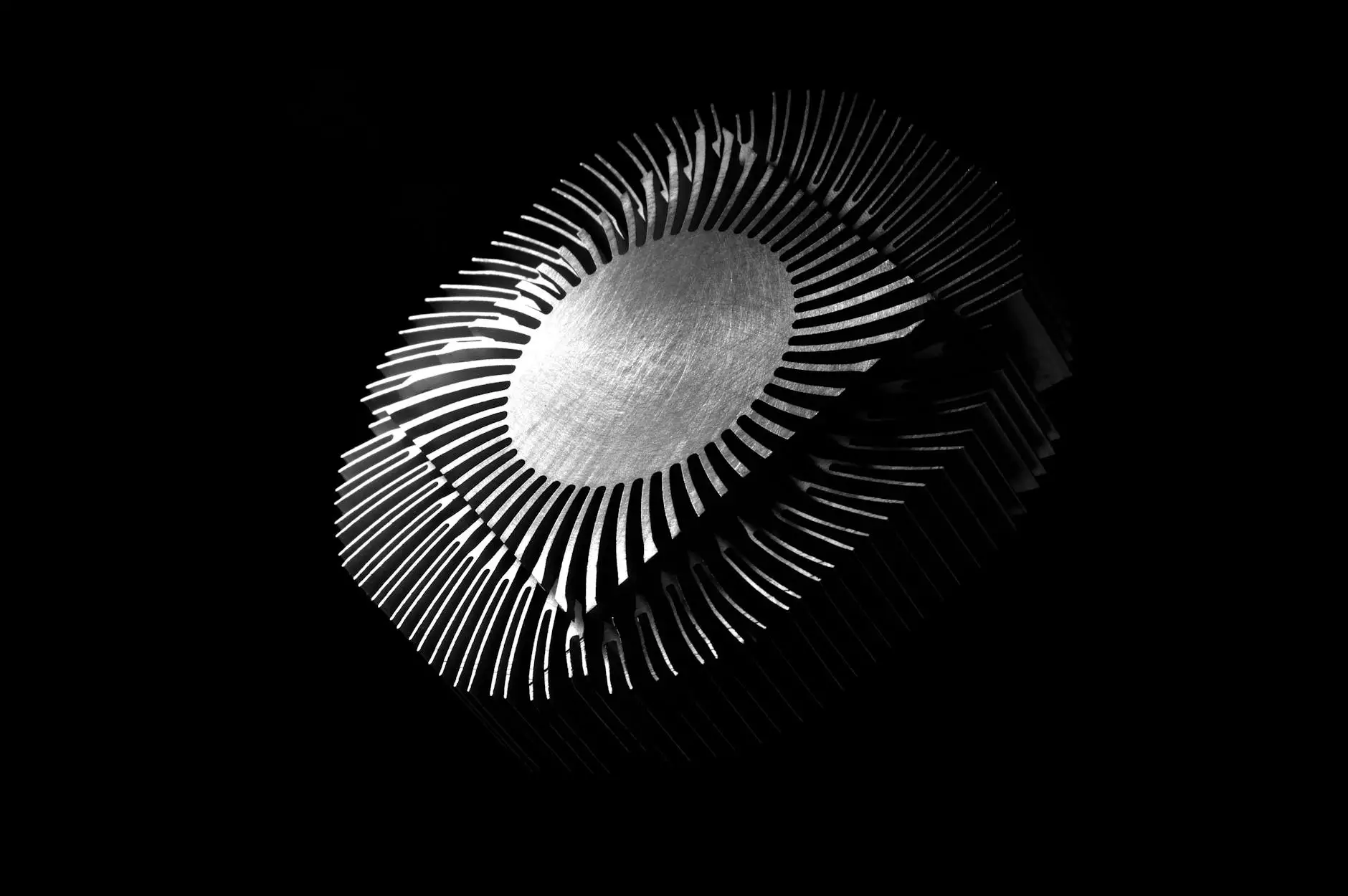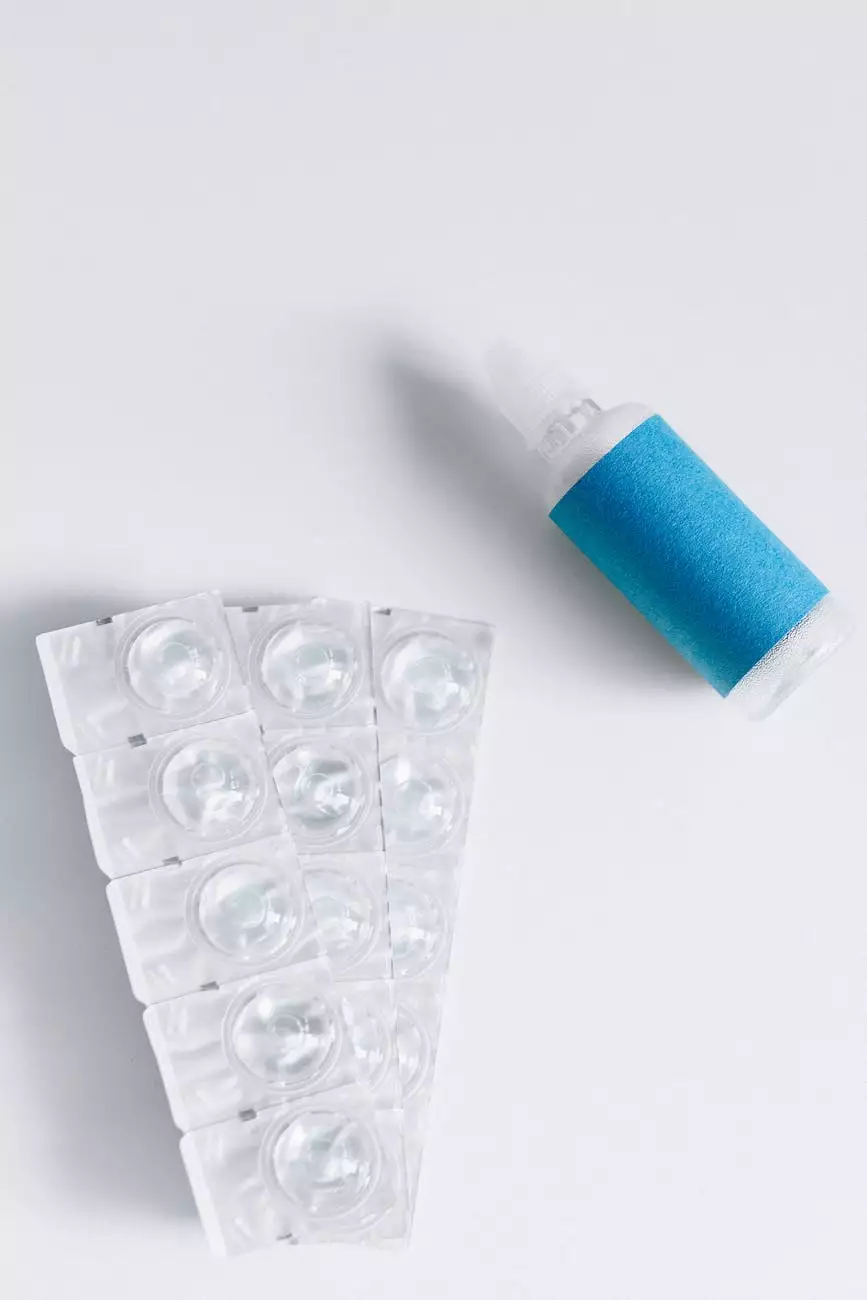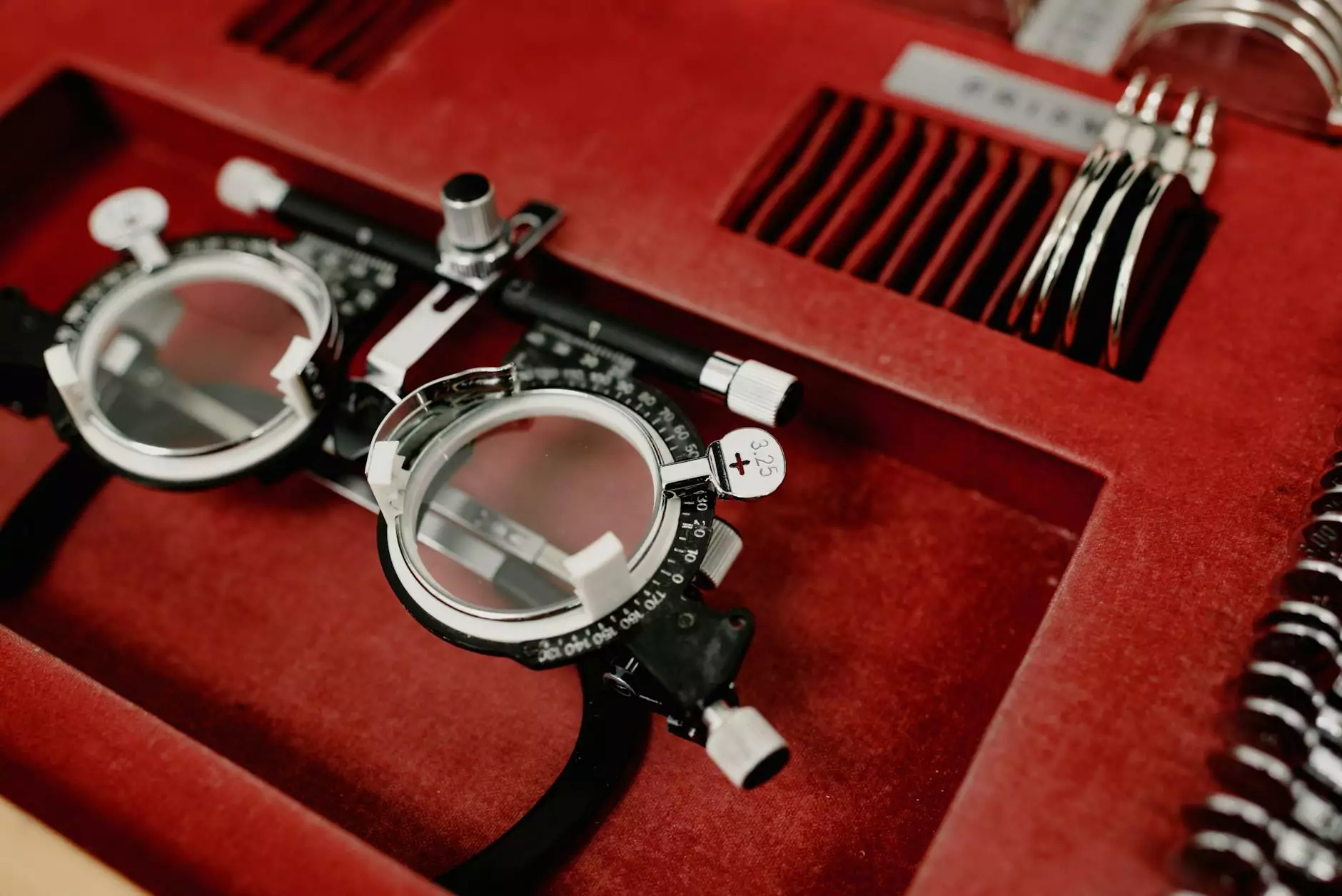Fluorescein Angiography: Evaluating Eye Health and Detecting Diseases

Introduction
Welcome to David J Scholten, OD, PC, your trusted eye care provider specializing in comprehensive eye examinations and advanced diagnostic procedures. In this article, we will discuss Fluorescein Angiography, a diagnostic test used to evaluate eye health and detect various ocular diseases.
Understanding Fluorescein Angiography
Fluorescein Angiography is a procedure that provides valuable information about the blood flow in the retina and choroid, which are essential for maintaining healthy visual function. It involves the intravenous injection of a fluorescent dye known as fluorescein into the patient's arm, followed by capturing sequential images of the dye's passage through the blood vessels in the eye using a specialized camera. These images help assess the blood circulation, identify abnormal blood vessels, and detect any leakage or blockages.
Benefits of Fluorescein Angiography
Fluorescein Angiography offers several benefits when it comes to diagnosing ocular conditions. Some of the key advantages include:
- Early Detection: By evaluating the blood vessels in real-time, Fluorescein Angiography allows for the early detection of various eye diseases, such as diabetic retinopathy, macular degeneration, and retinal vascular occlusions.
- Accurate Diagnosis: The detailed images produced during the angiography procedure provide valuable information for accurate diagnosis and aid in determining the most appropriate treatment plan.
- Treatment Monitoring: Follow-up angiograms can help monitor the progress of treatment and evaluate the effectiveness of interventions.
- Customized Care: Fluorescein Angiography allows our team at David J Scholten, OD, PC, to tailor personalized treatment plans by understanding the unique characteristics of each patient's ocular condition.
Patient Preparation
Prior to scheduling a Fluorescein Angiography, it is important to inform your eye care provider about any medical conditions, allergies, or medications you are currently taking. Your eye doctor will provide you with specific instructions to ensure a safe and successful procedure. These may include:
- Fasting: Your doctor may advise you to avoid consuming solid food and liquids, except water, for a few hours before the angiography.
- Medication Adjustments: It is crucial to inform your eye care specialist about any medications you are taking, as certain drugs can interfere with the accuracy of the test results.
- Length of Procedure: Fluorescein Angiography usually takes approximately 10-20 minutes to complete, so plan accordingly.
Risks and Considerations
While Fluorescein Angiography is generally a safe procedure, it is important to be aware of potential risks and considerations. These include:
- Allergic Reactions: In rare cases, patients may experience an allergic reaction to the fluorescein dye. Symptoms can range from mild skin irritation to more severe systemic reactions. Our team ensures proper patient monitoring and has emergency measures in place to manage any adverse events.
- Temporary Side Effects: It is common to experience temporary side effects such as a yellowish discoloration of the skin or urine, as the body eliminates the dye. However, these effects are harmless and usually resolve within 24-48 hours.
Conclusion
Fluorescein Angiography performed by David J Scholten, OD, PC, is a valuable diagnostic tool that aids in evaluating eye health, diagnosing ocular diseases, and determining appropriate treatment plans. Through this procedure, our experienced team can provide comprehensive care and enhance your vision quality. Contact us today to schedule your consultation and experience the benefits of advanced eye care.










